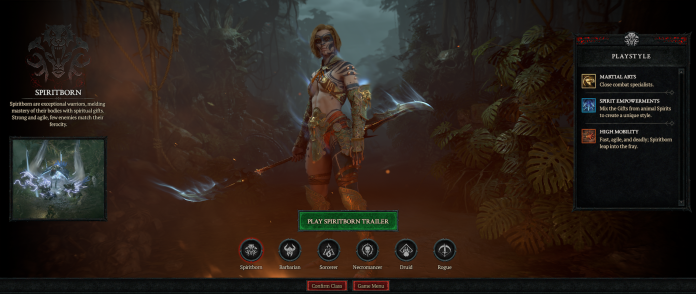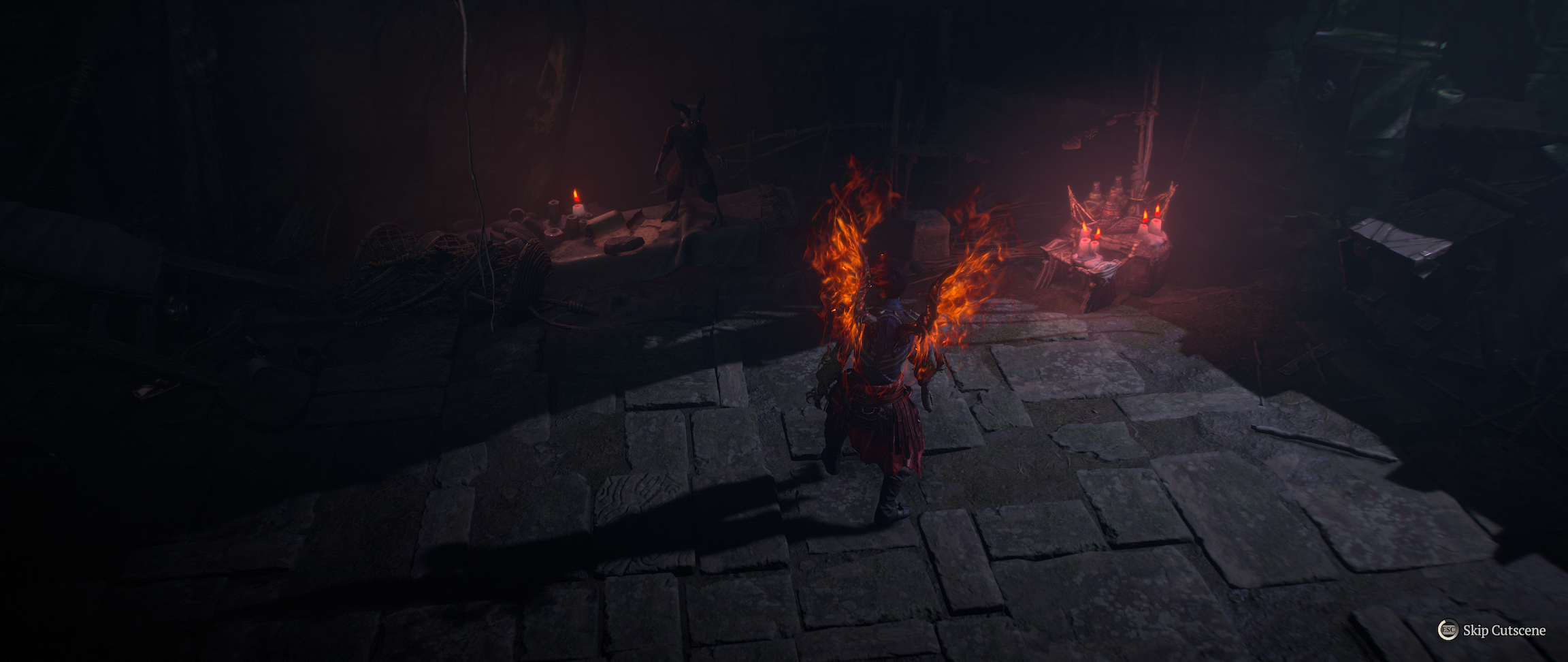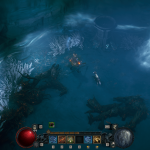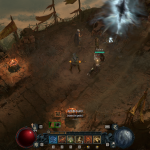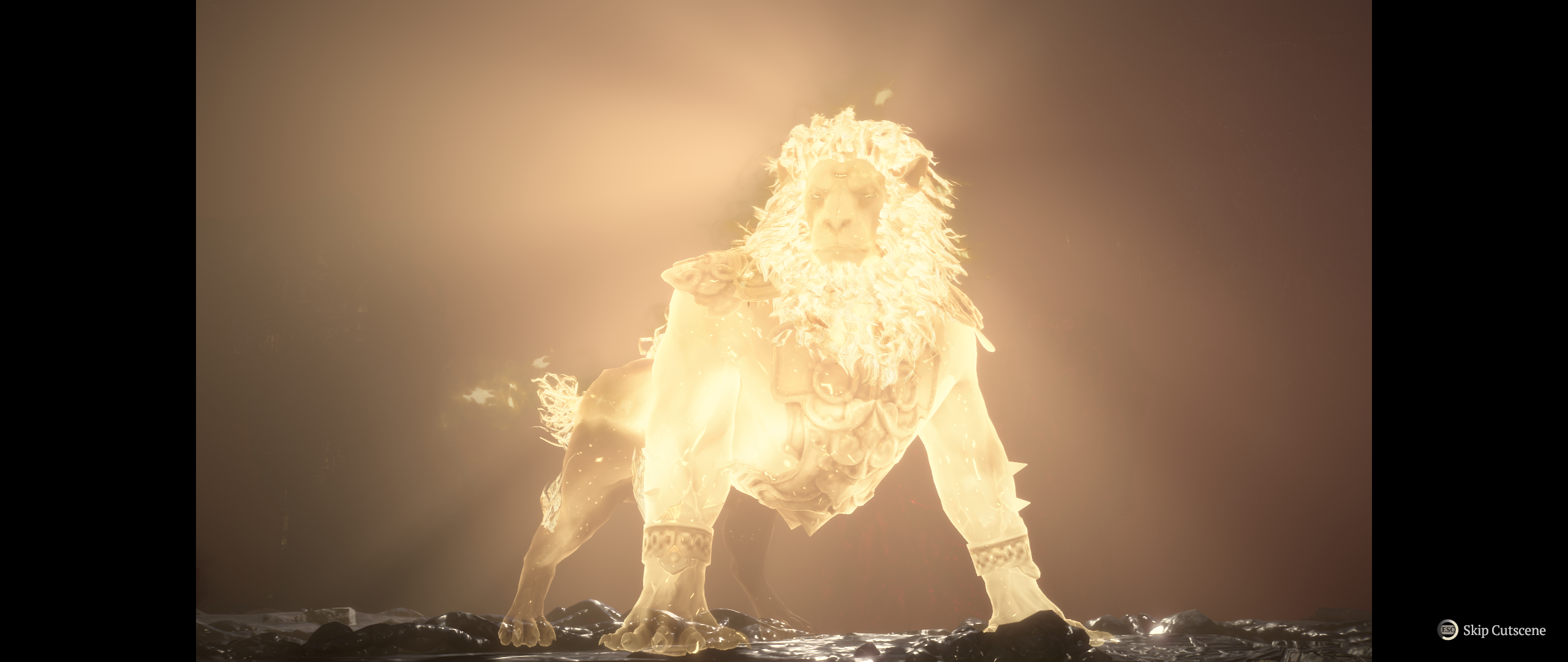The expansion to the hugely popular MMORPG Diablo 4 by Blizzard is here, the Vessel of Hatred. Offering new users, to seasoned veterans of the game new and fun challenges; there’s a lot to talk about and show you in this review. For anyone thinking about buying the expansion pack, it’s very difficult to put this review together without some spoilers – so please keep that in mind when you’re reading this.
Diablo IV: Vessel of Hatred is a significant expansion that picks up right where the main campaign left off, delving deeper into the lore while introducing exciting new gameplay mechanics and regions. Set in the haunting and visually stunning jungles of Nahantu, the expansion brings a fresh, vibrant aesthetic with lush landscapes and dark, toxic atmospheres. This new zone offers a stark contrast to the gloomy settings seen in previous installments, blending ancient, Aztec-inspired architecture with eerie, spirit-realm visuals.
Spiritborn: A fascinating and engaging mechanic
The Spiritborn class introduced in Diablo IV: Vessel of Hatred offers a fresh and dynamic approach to combat. Combining melee prowess with powerful elemental and poison-based attacks, it appeals to players who enjoy fast, aggressive gameplay with some tactical depth. The class is reminiscent of both the Monk and Witch Doctor from Diablo III, offering a balance between swift, close-quarters combat and strategic skill execution.
The class is centered around the Path of the Centipede and Path of the Eagle, which provide unique abilities tied to poison and lightning, respectively. Players can focus on poison-based damage with the Centipede path, using abilities like Toxic Skin that inflict damage over time when enemies make contact. This path is particularly effective for hit-and-run tactics, as enemies continuously take poison damage even after the player disengages.
Additionally, the class’s Vortex skill (from the Eagle path) allows players to pull enemies into close proximity, which synergizes well with abilities like Scourge that fear and poison foes simultaneously. For AoE damage, Stinger deals additional poison damage in a radius, which is further enhanced by poison-based debuffs on enemies. At higher levels, players can even summon The Devourer, a Centipede Spirit God, to unleash devastating poison-based attacks on enemies .
The Spiritborn class’s reliance on movement and positioning adds another layer of strategy. Similar to the Monk, mobility is key, as players can weave in and out of combat, leaving toxic trails or quickly closing in on enemies to maximize damage from behind. This focus on positioning and environmental awareness creates a dynamic combat loop, requiring players to continuously adapt and optimize their movement for maximum effectiveness .
The poison mechanics in the Spiritborn class allow for some really satisfying build synergies. The poison abilities stack damage over time, giving players a sense of control over the battlefield. Watching enemies succumb to lingering poison effects adds to the visceral nature of combat. Players can also integrate lightning abilities, allowing for diverse builds that combine both DoT (damage over time) effects with burst damage from lightning attacks .
Overall, the Spiritborn class brings a unique, fast-paced playstyle to Diablo IV: Vessel of Hatred, offering a versatile and deeply engaging experience for those who enjoy crafting specialized builds and mastering the interplay between poison and elemental damage.
The expansion experience
Whether you’re little more than a casual player, or a take yourself and your characater builds far too seriously;
On the whole, the gameplay has become more challenging, requiring careful planning and synergy between your abilities and gear.
The Dark Citadel, a new multiplayer experience, and Kurast Undercity, a dungeon-based challenge, add depth to the endgame, making the expansion feel both fresh and rewarding for long-time players. Fans of classic Diablo mechanics, such as runes and intricate class builds, will find plenty to love here.
Although the story leaves a few threads hanging — I suspect deliberately for future opportunities to expand further — it remains engaging, especially for players invested in Neyrelle’s journey and Mephisto’s ongoing influence. Overall, Vessel of Hatred delivers an enriching experience that expands on the core strengths of Diablo IV without straying too far from its established roots.

